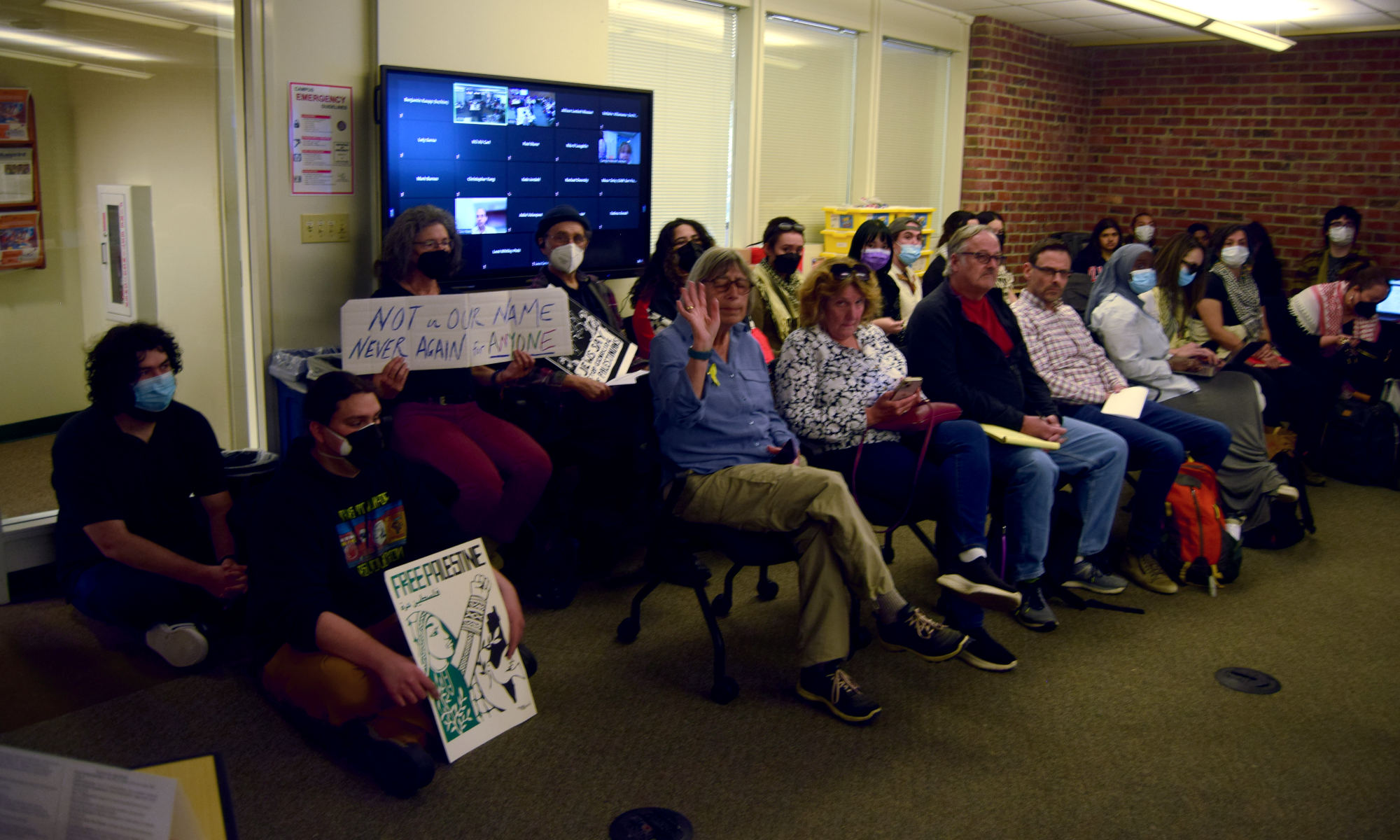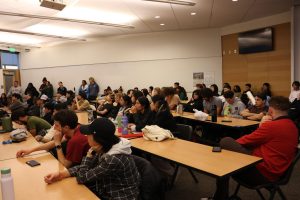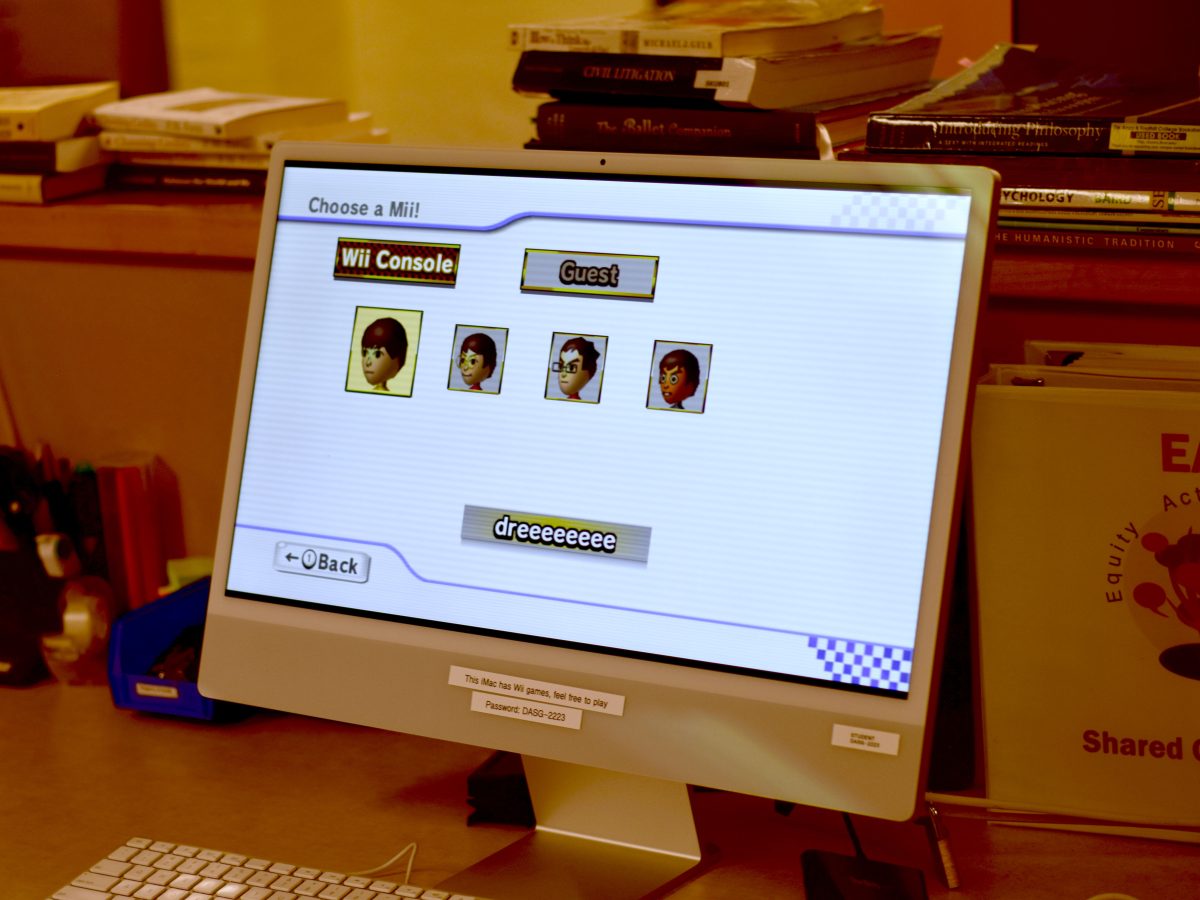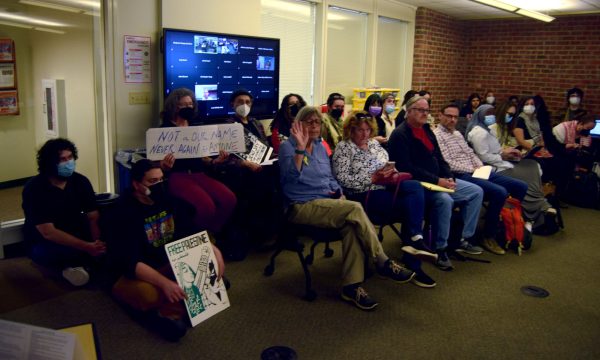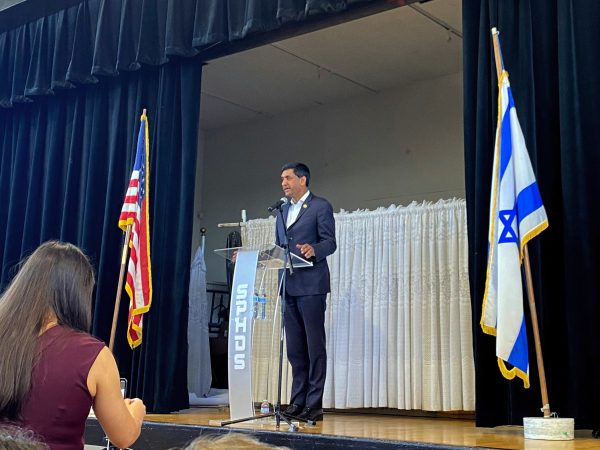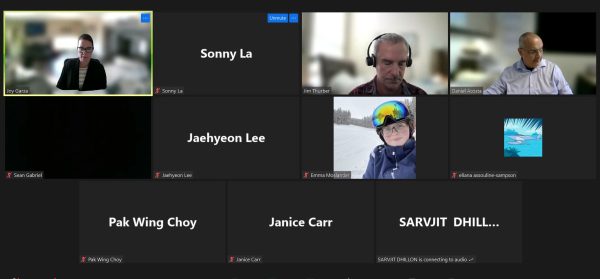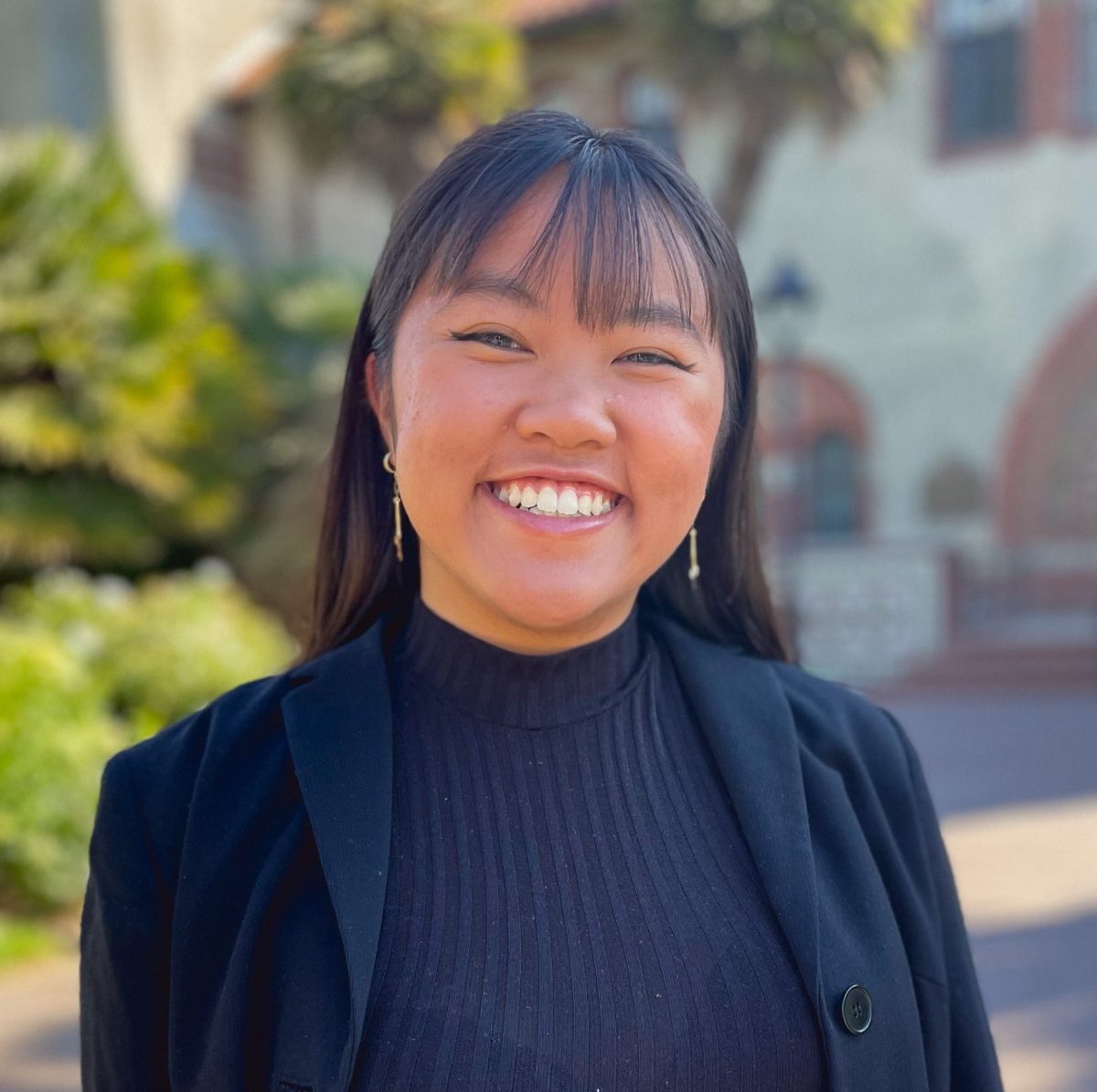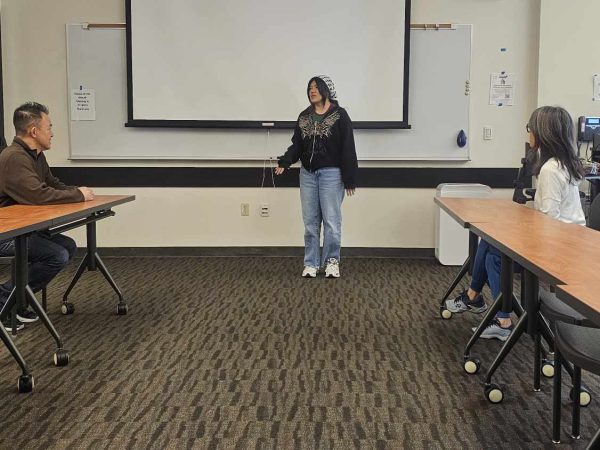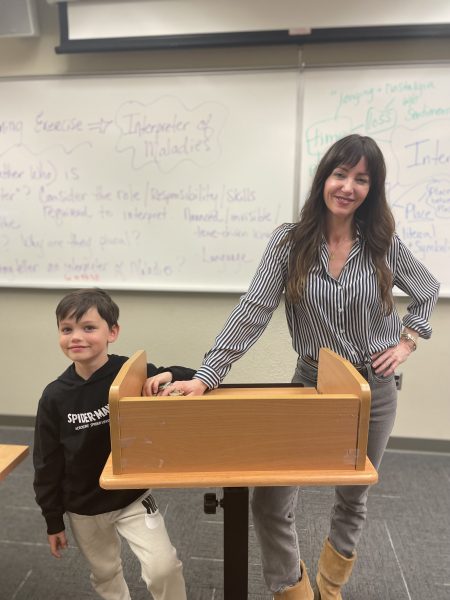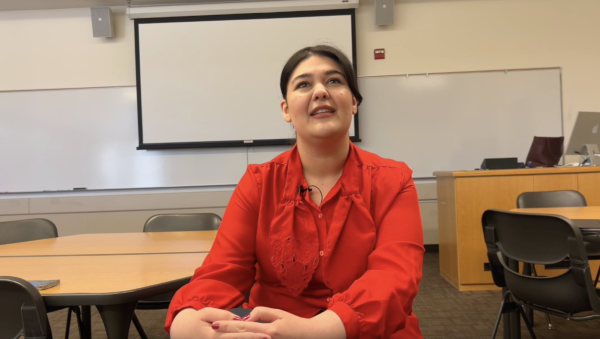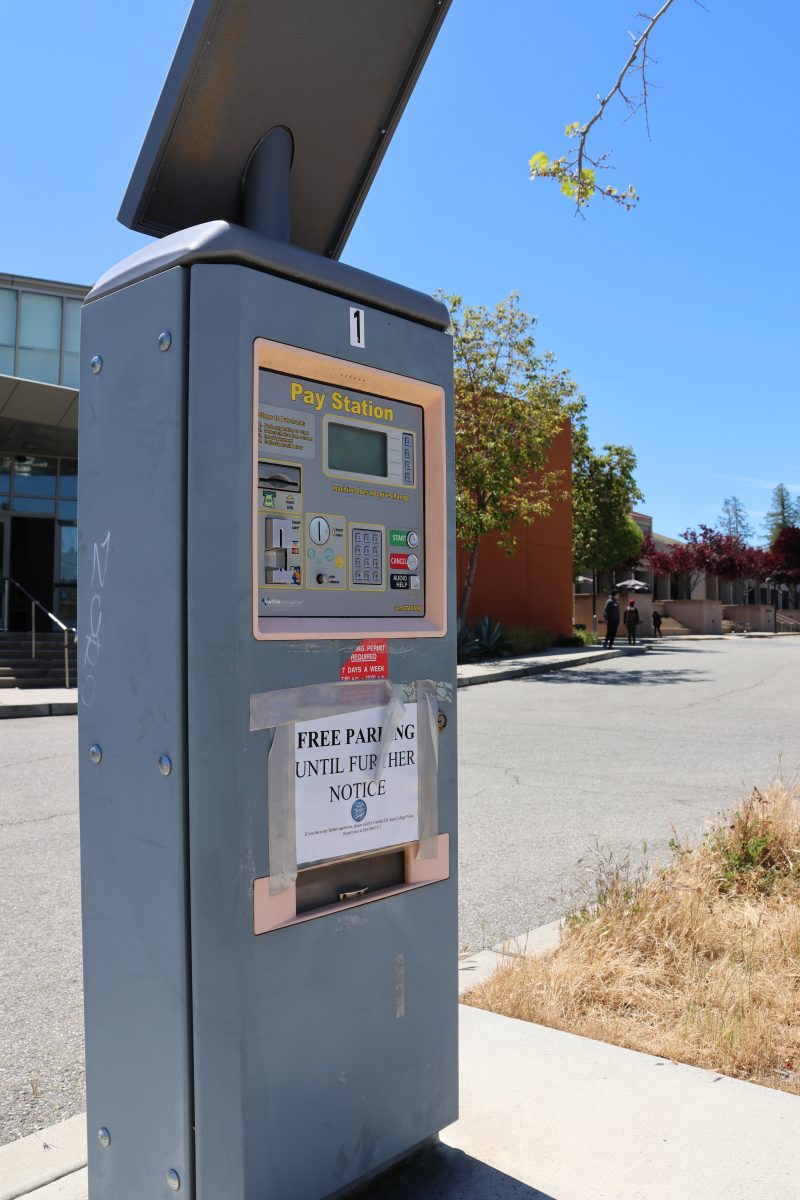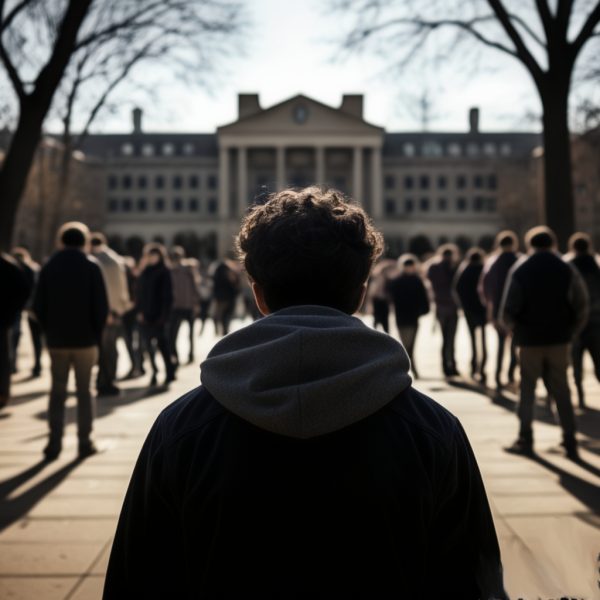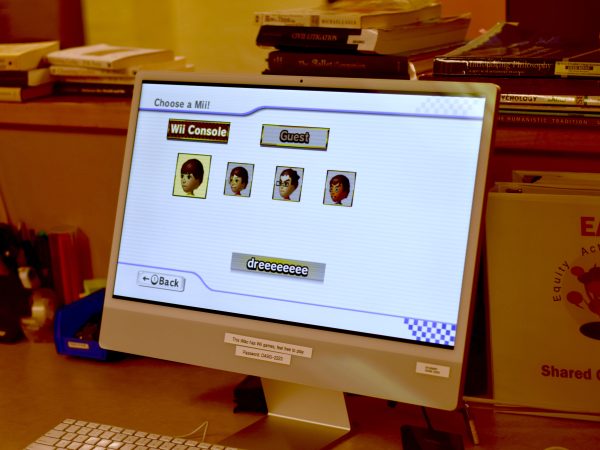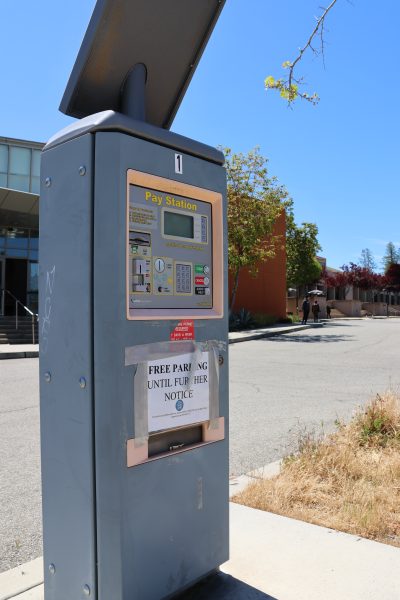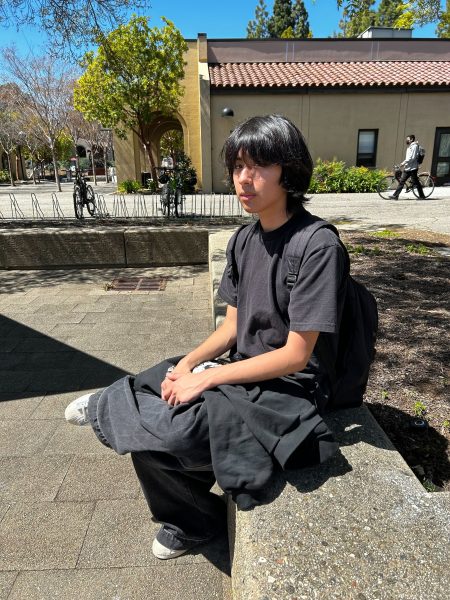The Bay Area Paradox: Poverty in the Valley
October 19, 2015
One in ten people (or 11.3 percent) live in poverty in the Bay Area, an economic consultant told De Anza students in the Visual and Performing Arts Center on Wednesday Oct. 7.
“That strikes me as a large proportion of people in a region that we all know is very very well,” said John Haveman, a principal consultant for Marin Econmic Consulting.
He presented his report on income inequality in the Bay Area for the Silicon Valley Institute for Regional Studies.
“Roughly one out of every ten people,” Haveman said.
Haveman said one in seven children between the ages of 0 and 5 live in poverty in the Bay Area and deemed the poverty level in children as the most crucial.
“These are really important formative year for kids,” Haveman said. “They need to get the proper nutrition, they need parents that are not totally stressed about how to pay bills, that will pay attention to them and will teach them.”
“The poverty issue in the Bay Area is really much more severe than the federal poverty line will have you believe,” Haveman said.
The Bay Area’s multibillion dollar technology companies such as Google, Apple, and Facebook, create an enormous amount of wealth, jobs and opportunities, and helped lower the unemployment rate in the Bay Area to 8.3 percent, he said.
But high-tech job opportunities in the Bay Area have not translated to a healthy distribution of wealth. According to Haveman’s study, the top 5 percent of the wealthiest households earn 22.8 percent of the total income in the Bay Area.
Wednesday’s event included a panel and Q&A with prominent figures from various sectors in the community.
Former San Jose Mayor Ron Gonzales touched on the racial barriers, the lack of opportunities and low quality of life for those in the Latino community in the Bay Area.
“Well, the Latino population in 2011 was 45 percent of our population was below that level,” Gonzales said. “So all those data point that he (Haveman) shared with you, you can probably multiply by two or three for the Latino community.”
Scott Myers-Lipton, San Jose State instructor and minimum wage coalition co-founder, advocated for economic reform and the implementation of an economic bill of rights. First proposed by former president Franklin Roosevelt, the economic bill of rights provides the right to a job, right to a living wage, medical care, social security, education, food, unfair monopolies, and the right to decent housing.
“The middle is stagnant and poor increasing,” Myers-Lipton said. “That’s the crisis that the country faces and this has been a trend over the past thirty years. So we need a solution that is as bold as the crisis that faces us and I would say that’s the economic bill of rights.”
After the event, DASB senator and renters’ rights advocate, Thao Le, said changing equality on levels, for their generation and the coming generations necessitates student involvement
“It’s really our generation’s problem, “ Le said. “This is the biggest thing right now for our generation is to figure out how to deal with the issues of inequality and how that connects to race, gender, class.”
Karla Navarro, student and activist, who has worked with San Jose’s minimum wage campaign and Foothill-De Anza Foundation fossil fuel divestment, said students need to make an effort to educate themselves on the issues of income and political inequality, and not doing so, is a choice.
“We do have a say, we do have a choice,” Navarro said. “And we hope that people choose to also get involved in the smallest way, too, like attending something like this.”



